Breaking Beta | Can We Measure How Different Energy Systems Contribute to Climbing?
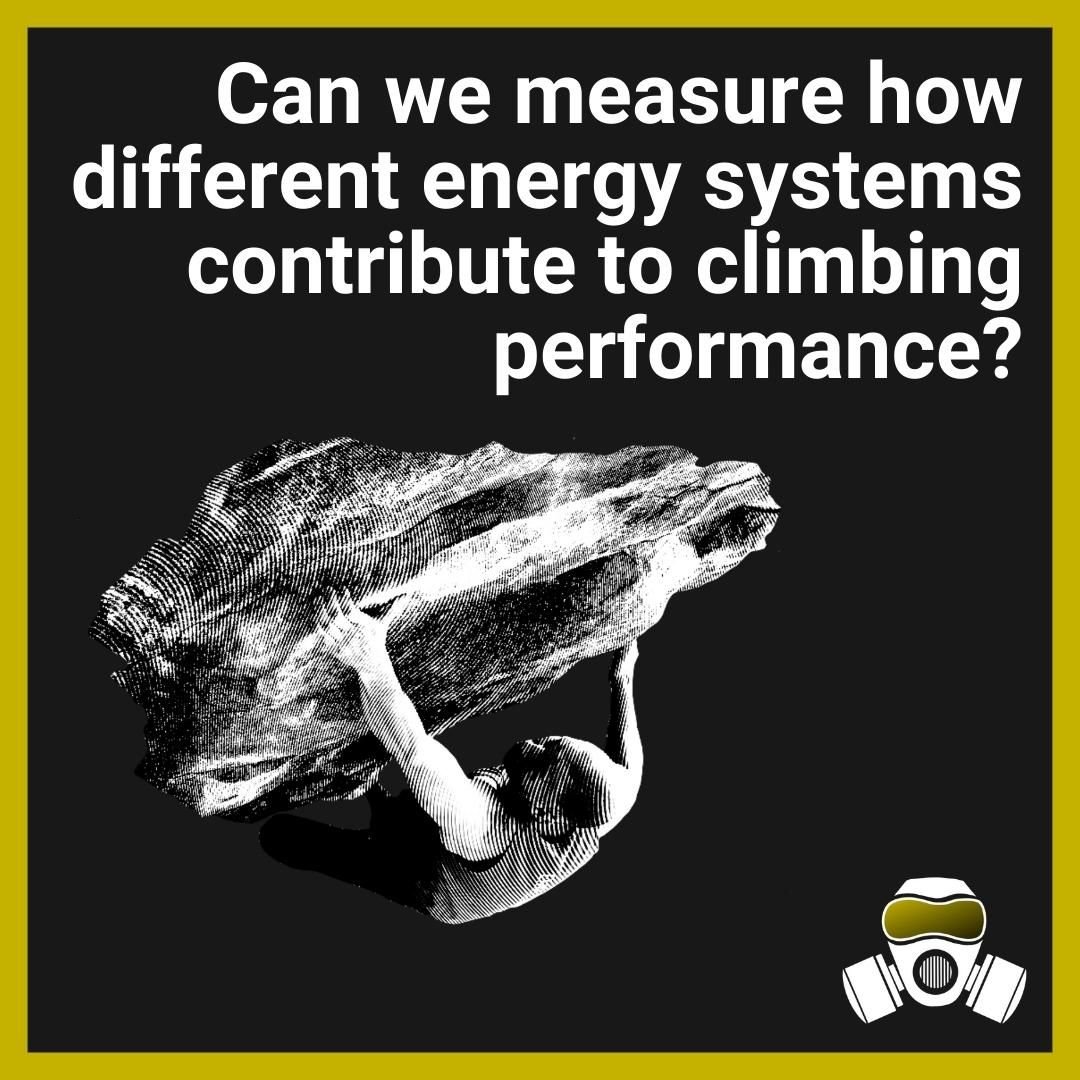
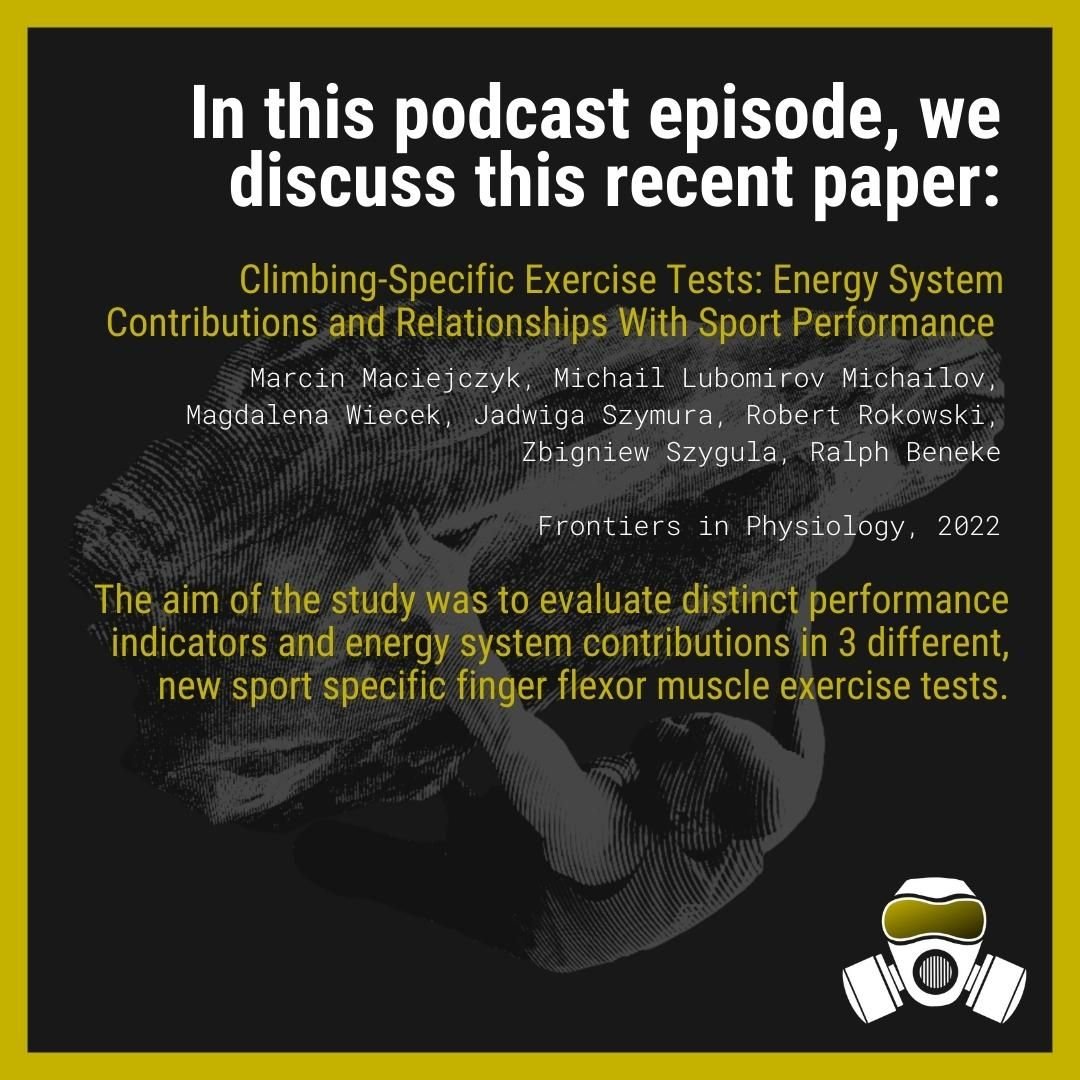

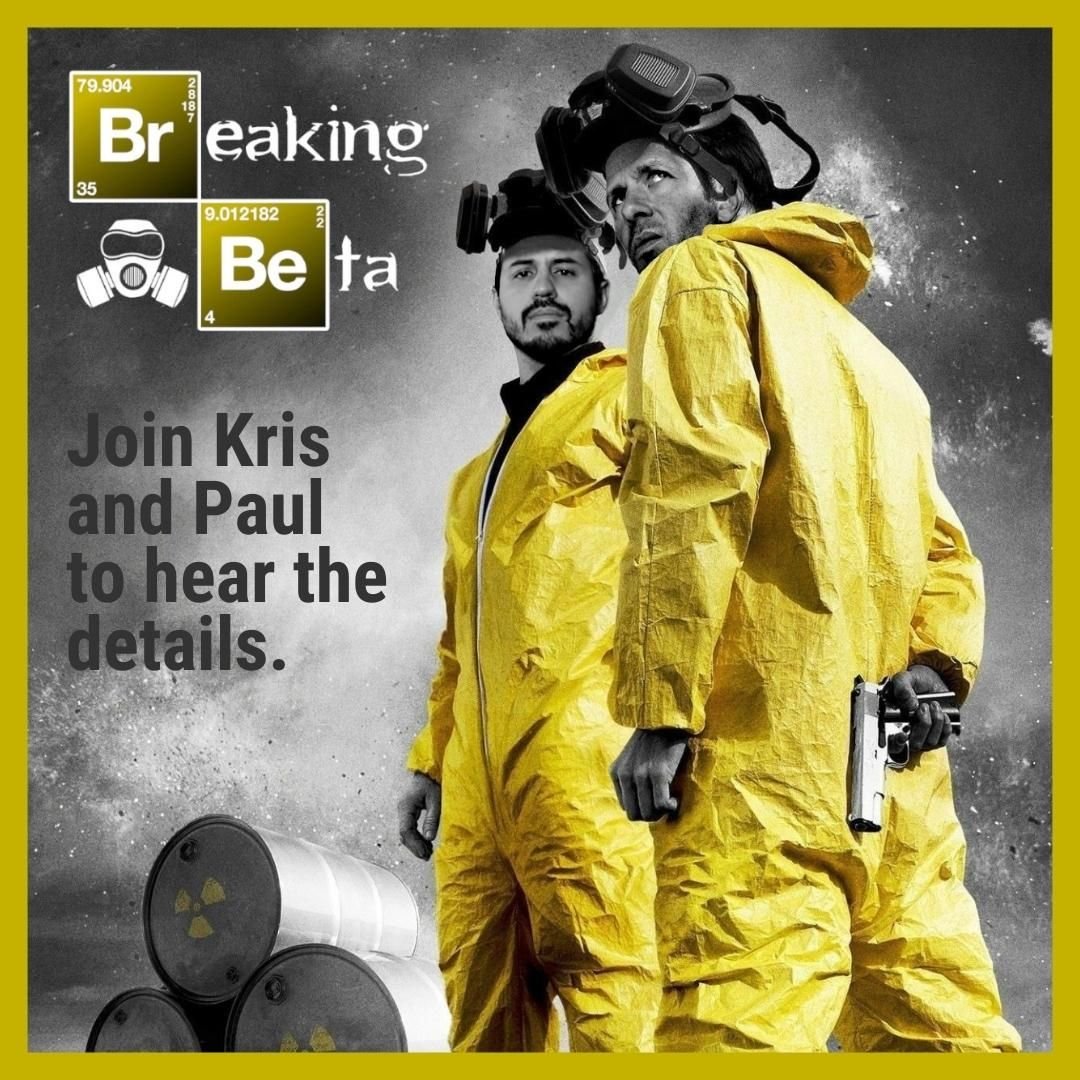

In this episode, Kris and Paul discuss a paper that investigates how different energy systems contribute to climbing performance:
Climbing-Specific Exercise Tests: Energy System Contributions and Relationships With Sport Performance
Authored by Marcin Maciejczyk, Michail Lubomirov Michailov, Magdalena Więcek, Jadwiga Szymura, Robert Rokowski, Zbigniew Szygula, and Ralph Beneke; published in Frontiers in Physiology in January, 2022.
They’ll explain the different energy systems and how they were measured in the study using three finger flexor muscle tests. They’ll consider how well these measurements can act as reliable performance indicators for climbing.
Special thanks to AJ Sobrilsky at Excel Physical Therapy in Bozeman and also the Climb Strong team for suggesting this paper!
New episodes of Breaking Beta drop on Wednesdays. Make sure you’re subscribed, leave us a review, and share!
And please, tell all of your friends who have their energy system training totally dialed in but say “Take!” as soon as they are getting pumped, that you have the perfect podcast for them.
Got a question? Comments? Want to suggest a paper to be discussed? Get in touch and let us know!
Breaking Beta is brought to you by Power Company Climbing and Crux Conditioning, and is a proud member of the Plug Tone Audio Collective. Find full episode transcripts, citations, and more at our website.
FULL EPISODE TRANSCRIPT:
Kris Hampton 00:00
Season Two of Breaking Beta is brought to you by Gnarly Nutrition. After the episode, use the code BETA15 for 15% off of your next order at gognarly.com or click the link in your show notes to have the code automatically applied. Gnarly Nutrition: Push your possible with science-backed, delicious sports nutrition.
Breaking Bad Audio Clip 00:26
Chemical reactions involve change on two levels: matter and energy. When a reaction is gradual, change in energy is slight. I mean you, you don't even notice the reaction is happening. For example, when rust collects on the underside of a car. But if a reaction happens quickly, otherwise harmless substances can interact in a way that generates enormous bursts of energy. Who can give me an example of rapid chemical reaction?
Like an explosion?
Yes, good. Explosions.
Kris Hampton 01:18
I can do you one better, Paul. I have an example of a slow chemical reaction resulting in a rapid chemical reaction in the climbing context. So I'm going to narrate a little here so we can understand this from a more scientific point of view.
Kris Hampton 01:36
<<audio of heavy breathing in background>> So here our subject is experiencing a slow chemical reaction of sorts, he's likely into the anaerobic lactic system, blood flow in the forearms has been occluded and lactate at a building quickly. This is causing him to wonder if he can do it. And then upon losing contact with the rock, we have a rapid chemical reaction and explosion
Paul Corsaro 01:36
Let's do it.
Adam Ondra 02:01
NO!! FUCK! FUCK! IT'S FUCKING 100 MILLION DEGREES! NOOOO! FUUCCCKK!!
Kris Hampton 02:14
Hahahah. Explosions happen in rock climbing too, Paul. Particularly when it's fucking 100 million degrees.
Paul Corsaro 02:25
Haha. Yeah, temperature limited limited reaction right?
Kris Hampton 02:28
Hahaha. Exactly. Today we are discussing a recent paper suggested to us by a listener, AJ Sobrilsky from Excel Physical Therapy in Bozeman, Montana. He's also from the Climb Strong team. I thought maybe he was setting us up when with this paper when I first started reading it, but now I'm now I'm thinking maybe this was a really good call on his his end.
Paul Corsaro 02:55
Yeah, it was a definitely one of the more complex papers I've read recently.
Kris Hampton 03:00
Haha, yeah
Paul Corsaro 03:00
A lot of just like pause and think. I had to dig out a physiology textbook here and there. Had to look up some calculus terms, so I maybe got that wrong because my my "C" freshman year of calculus when I was in when I was in school for biochemistry, and that didn't pan out very well, probably just because I had a lot of fun. But I had to remember some things.
Kris Hampton 03:21
Hahaha. Yeah, totally. And I think that's good for us now and then, so thanks, AJ for suggesting this paper. Title is "Climbing-Specific Exercise Tests: Energy System Contributions and Relationships With Sport Performance" Authors and I'm totally going to screw this up. I'm probably going to say every name wrong. Marcin....I don't even know how to say that...Maciejczyk? I know there's a way to pronounce that and I meant to look it up earlier and I did not. Michail Lubomirov Michailov, Magdalena Wiecek, Jadwiga Szymura, Robert Rokowski. I have no idea how to say this name.
Kris Hampton 04:06
Haha. Zbigniew Szygula and Ralph Beneke. Fontiers In Physiology January 2022. So very new paper. And the aim of the study was "to evaluate distinct performance indicators and energy system contributions in four different sport-specific finger flexor muscle exercise tests performed using an apparatus developed for comprehensive assessment of physical fitness in climbers." That's a mouthful. Let's just jump into this thing because I think it's going to be a big one.
Paul Corsaro 04:06
Zbigniew?
Breaking Bad Audio Clip 04:44
You clearly don't know who you're talking to, so let me clue you in.
Paul Corsaro 04:49
I'm Paul Corsaro.
Kris Hampton 04:50
I'm Kris Hampton.
Breaking Bad Audio Clip 04:51
Lucky two guys, but just guys, okay?
Paul Corsaro 04:55
And you're listening to Breaking Beta,
Kris Hampton 04:58
Where we explore and explain the science of climbing
Breaking Bad Audio Clip 05:01
With our skills, you'll earn more than you ever would on your own.
Breaking Bad Audio Clip 05:06
We've got work to do. Are you ready?
Paul Corsaro 05:10
I am, are you?
Kris Hampton 05:11
I'm in Wyoming where it's not fucking 100 million degrees, so I am absolutely ready.
Paul Corsaro 05:17
We are getting close in Chattanooga.
Kris Hampton 05:19
Gosh, I bet you guys are. It's actually snowed this morning, so we are, we're in good shape over here.
Paul Corsaro 05:25
Nice
Kris Hampton 05:27
This paper is dense. It's very sciency. And I had to get really focused when reading this paper with my little highlighters. And at first, like I mentioned before, I was like, "Man, I think AJ is setting us up". But I actually think this paper is a really great example of why we're doing this podcast to begin with. You're not going to get a whole lot out of reading the abstract for this paper. I think you really have to dig in. You really have to try to understand the tables, you have to try to understand their language, which is also very sciency. And it takes some real thought to figure out how to apply what's in this paper. Did you did you feel the same way was what was your experience going in?
Paul Corsaro 06:21
Yeah, I was, you know, I had kind of looked through this here and there when it got sent and saw it was digging into some of the..... I felt like this related to some of the testing protocols we've been seeing around in the training world and I was like, "Oh, cool, this will be something that I will look a little bit more into depth into what we've been seeing. Does this actually back things up?". So on and so forth. I started reading, had to stop, go back and start rereading from the beginning again, just because I got a little lost.
Kris Hampton 06:48
Yeah
Paul Corsaro 06:48
But again, I think at the end, you know, we did get a few good conclusions from this. But there's definitely some things I've got questions about.
Kris Hampton 06:55
Yep, same. I thought it's a it's a lot to wade through, but some really interesting things to pull from it. So let's jump into the methods.
Breaking Bad Audio Clip 07:03
In a scenario like this, I don't suppose it is bad form to just flip a coin.
Paul Corsaro 07:11
So basically, this, this study looked at four different tests. There was a maximal finger strength test, and then a couple of other tests looking at strength also paired with the energy system, or specific energy systems and how they contribute to it. So we'll first look at our group of participants. So there are 13 subjects for this study, all male. It's 2022, that needs to change. We know that.
Kris Hampton 07:36
Yep.
Paul Corsaro 07:37
I'm sure we're gonna be talking about this every every paper we read. I hope that changes in the future. But yeah, so 13 male climbers, healthy. They're experienced, anywhere from 7a to 9a. Average IRCRA onsight was around 20. Redpoint was around 23.69. Just going back to just the French grades, just to simplify things for folks who haven't looked into the IRCRA scales yet, 11d to about 14d, so big range of folks for sport climbing.
Kris Hampton 08:12
Yeah, it's cool to have some really high experienced highly experienced climbers in there some, you know, some really good climbers in there. Again, though, like you said, I with the amount of data analysis they were doing in this paper, it would be really cool to see it done with a whole lot more people.
Paul Corsaro 08:31
And I think some were mostly sport climbers, some had some alpine goals, so it was a good mix of overall like climbing passion for all these people too. Like everyone had a little bit different. But anyways, so what they did is they looked through these tests and just kind of started working into things. So the first test, they used a device called the 3DSAC. Basically, it looks like a force plate mounted on a wall. You're standing facing the wall, and your fingers are on the edge, which is a 23 millimeter edge. You're hanging on to that edge, so you're bending your knees, so you're hanging on to it and then they're performing finger contractions to measure the force. If you could perform, if you could generate more force to lift yourself off the wall, they'd have you wear a weight vest, so you never left the wall. Your shoulders were flexed at 180 degree angle, elbows fully extended so basically your arm is straight up. So it looks like they're trying to limit any contributions from the shoulder and elbow in this contraction method.
Kris Hampton 09:33
Yep. And it was also open hand position it looked like.
Paul Corsaro 09:36
Yes. So they did four tests. The first test was just a maximal strength test. So pretty much they did three maximum finger flexor contractions separated by a one minute rest interval and they just took the highest of the three and set that as your max your max strength. So that was important, because they used this max strength value as a parameter for the following endurance or capacity based tests. So after they did this muscle endurance test, they rested 10 minutes or after they did the first maximal strength test, they rested 10 minutes and then went into the first muscle endurance test, which was an all out, 30 second max force test. So in this one, they had to just create as much force as they could for 30 seconds, and they used their dominant arm for this entire testing procedure, just.... we'll get that out there, too.
Kris Hampton 10:28
Yep
Kris Hampton 10:28
Hahaha.
Paul Corsaro 10:28
Yeah, so that first test, all out first muscle endurance test was an all out 30 secone maximal force test, and they looked at the peak force there, the average force, and the fatigue index. The fatigue index was basically the difference between your highest force generated, and then your force at the very end of the test. They divided that by the highest again, which gives you a decimal. Multiply that by 100, just to give you a good percentage value of what your fatigue index would be. After that first 30 second all out test, they did a continuous test, where going back to the max strength test, which was the first one where they just found that high value of three, they had to maintain force around 60% of that max force number, and keep that within 10% of that target force for as long as possible. You know, they just looked at the time that they could keep that there. After the continuous test, they looked at the intermittent test, which was you're pretty much doing an 8:2 repeater there. So they generate the force, and then you relax for... generate force for eight seconds, relax for two seconds. And again, you're trying to hit within plus or minus 60%, or within plus or minus 10% of the 60% of your maximum force. I'm sure there's a better way to say that out there.
Paul Corsaro 10:29
But so basically, I guess, if we go back, we look at the continuous test and the intermittent test, you're both trying to get as close to you can as 60% of your best score from the first test
Kris Hampton 12:00
Right.
Paul Corsaro 12:01
And one of them, you just got to keep it there as long as you can. One of them is every 8:2 repeater, you have to hit that and stay there. And if you can't, test is over.
Paul Corsaro 12:09
And so when they looked at the intermittent test, they looked at the time and however many contractions you were able to get done before the test was stopped. And they stopped that test when the force dropped below the target zone for longer than a second. So it kind of handles and smooths out some of the noise if you know, maybe we're bouncing around a little bit as you try hard.
Kris Hampton 12:09
Right
Kris Hampton 12:30
Yeah, I was a little curious why they didn't do 7:3, which is sort of the more popular repeater style, just in the general climbing community. I know they do give a reason for the 8:2 in there, but it wasn't super clear to me. And I think just because 7:3 is so popular, it would have been a little more interesting to look at
Paul Corsaro 12:55
I wonder if
Kris Hampton 12:55
It might have been exactly the same as 8:2, you know?
Paul Corsaro 12:57
I think there's some interesting things we can talk about in the discussion that like, where we end up kind of around there, honestly. But um, I think maybe they just wanted you in that good 4:1 work:rest ratio. That's a little cleaner than a 7:3 and, you know, we like to train in that 7:3 zone, because that's a 10 second block, so it's a little bit easier to train.
Kris Hampton 13:15
Right. Exactly
Paul Corsaro 13:15
Again, I think, you know, we're probably splitting hairs in terms of theory and application with a lot of these things.
Kris Hampton 13:20
Agreed.
Paul Corsaro 13:22
And then also, in addition to just looking at the time, and reps and the force, all those values, they also looked at the contributions of the energy systems. So before, during, and after the exercise test, they looked at oxygen uptake, the respiratory exchange ratio by wearing a gas exchange mask. So this entire time they're doing this test, they're wearing that mask, which kind of looks like the Breaking Beta gas mask.
Kris Hampton 13:47
Yeah, that's how I'm gonna hangboard from now on actually, is wearing a gas mask
Paul Corsaro 13:51
Only way to do it, haha. In addition to wearing that gas exchange analyzer, they also collected blood samples to look at blood lactate, so and they did that at rest before the tests. And then the first, second and third minute after the test after this test to look at the changes in their lactate concentration. And they are able to use these values to look at a couple, a couple energy system measures. So for example, the aerob... the oxygen uptake above your resting level during the test helped find the aerobic energy system contribution. The change in the concentration of lactate in the blood helped them look at the anaerobic contribution to the test. And then the anaerobic alactic and we'll talk about these a little bit later, the anaerobic alactic contribution was looked at, was examined because you could use their post-exercise oxygen consumption. So after you finish a bout of exercise, your oxygen consumption is elevqted until you kind of get back to baseline. And there's two components to that. It goes up relatively quickly this first component, and that's called your fast component of excess post exercise oxygen consumption. Then afterwards
Kris Hampton 15:13
Clever name
Paul Corsaro 15:14
Right. Haha. And then it kind of the rate of that oxygen consumption starts to slow down at some point, and then that becomes the slow component. So you can kind of look at one or both of those to determine some things. They just looked at the fast component after the fact and that helped them determine how much the anaerobic alactic system contributed during these tests.
Kris Hampton 15:35
That was a really fantastic breakdown of their methods here. I think it was a really, I think it was set up really smart. It's really interesting, other than the 13 male climbers, I think the setup looks great.
Paul Corsaro 15:52
Yeah, I had a few things that I think maybe could have been controlled a little bit better. I'm not a huge fan of just like getting set up underneath an edge and just like kind of bending your knees. I feel like that could be a bit more rigorous. And then they said they rested an hour between every test except there was only a 10 minute rest after the first max strength test going into the endurance and I hypothesize, as we go deeper into this, that maybe that could have contribute to one or two things they talk about. But again, I'm not a professional study designer. They are, so I'm sure they had great reasons for it.
Kris Hampton 16:30
All right, let's, uh, let's take a commercial break. We'll come back, talk a little on energy systems and look at the results and the verdict
Breaking Bad Audio Clip 16:37
Please. Alright, I really need a break here, okay.
Kris Hampton 16:42
Let's be honest for a second. I'm not getting any younger, or less stubborn. And as I approach my 50s, with no plans to shelve my desire to continue climbing harder, I have to put a premium on products that are trustworthy, high value and easy to implement. With careful use of Gnarly Creatine, Collagen and Protein, I can get in more quality workouts with more power and that means more and harder climbs. Win, win, win. Use code BETA15, that's b e, t a one five for 15% off of your next order at gognarly.com or click the link in the show notes to have the code automatically applied. Gnarly Nutrition: Push your possible with science-backed, delicious sports nutrition.
Breaking Bad Audio Clip 17:33
Yeeah science!
Breaking Bad Audio Clip 17:37
Let's all get back to work for Christ's sake, okay!
Kris Hampton 17:39
All right, we are back. And I think before we go any further, for the folks listening who haven't given themselves a primer on the energy systems recently, let's just give a quick primer on those before we start digging into the results. So Paul, I'm gonna let you take this
Paul Corsaro 18:00
Cool. So they looked at three different energy systems here and we were looking at anaerobic alactic, anaerobic lactic, and aerobic. These are all components of the energy system. You'll see them in different names, people are gonna argue about them. So you know, there's always some blurriness to all this. But, to put as simply as possible, the aerobic energy system is what fuels some lower intensity or longer duration bouts of exercise. Oxygen is going to be involved in this. The anaerobic alactic energy system fuels shorter duration, extremely high intensity bouts of work. Oxygen is not used. We're not performing glycolysis or producing lactate during this type of exercise. So like throwing something once, as hard as you can, would be a good general example of this.
Kris Hampton 18:46
Right. A single move boulder problem
Paul Corsaro 18:49
Yeah, exactly. And then the middle energy system, anaerobic lactic, also known as glycolytic. I'm sure there's differing views of this, but anaerobic lactic, we're not using oxygen to produce energy and we are producing lactate because of that and glycolysis can be a component of this.
Kris Hampton 19:09
Right. That's more like a mid length to longer boulder problem, or a Wild Iris Rodeo Wave sport route. And, you know, the when we when we mention what these energy systems look like, it sounds like they're nicely bracketed and it's like, "Oh, you're in this energy system, now you're in this energy system." But that's not really exactly how it works. There's quite a bit of overlap and there, there are going to be contributions from all three at all times. It just matters, which is contributing more to the performance in what moment. And if we look at, say, a long sport route or Red River sport route, it would be really easy to say, "Oh, this is largely the aerobic system, you know, you're climbing on big holds. You're not crossing that anaerobic threshold." But in reality, there are going to be times where you are crossing that anaerobic threshold and even times, if there's like a really short crux, that you are going all the way into that anaerobic system. So all three are going to be at play while you're climbing.
Paul Corsaro 20:23
Yeah, it's very blurry and, you know, we need to segment these things for the purpose of exploration and understanding all this. But again, theory and application, those are two very different things.
Kris Hampton 20:34
Yeah, totally. So let's, let's take a quick look at the results as if it is possible to look at these results quickly
Paul Corsaro 20:44
Haha
Breaking Bad Audio Clip 20:44
Whatever you whatever you think is supposed to happen, I'm telling you, the exact reverse opposite of that is going to happen.
Kris Hampton 20:51
Okay, if I were to go over these results in detail, this would literally be the most boring podcast ever produced. So we're gonna look at some of the basics, some of the more interesting findings. And I've got my list of things here, Paul, but I'm also curious to see if you had other things you pulled out, which I suspect that you did. The the highest significance in terms of correlation with climbing ability, which is something we've been talking about in the beginning of the season, and in the Better Call Paul episodes, was seen in the maximal strength test, and the average force of the all out for 30 seconds test. So for me, this verifies the use of that max strength test as a predictor. It also suggests to me, though, suggest is a key word here, since this paper doesn't actually say this, that a max test for nearly anywhere between five and 30 seconds might see a good correlation, if we're looking at the average that you're pulling there.
Paul Corsaro 21:58
Yeah
Kris Hampton 21:58
So I think that's really important to recognize that it doesn't have to be max strength, it can just be all out for a certain period of time and we can take that average.
Paul Corsaro 22:09
Yeah. And I think in terms of what you have available to you, the person you're working with, or yourself ability level, what they're comfortable with, I think it gives us flexibility to kind of meet whoever's being tested where they're at, and really kind of be a good coach and work in this partnership with someone instead of just forcing them to do one thing, whether they don't have the right equipment, or they hate it, and it's miserable, and things like that. So I think it's cool to have these different options that are backed up by, you know, rigorous processes examining whether they work or not
Kris Hampton 22:40
Same same. The other significant predictor that was found was the force time integral of the continuous test at 60% of Max. For me, I'm not necessarily terribly concerned about that. We've already got this, this good predictor of our max strength, or the average of the all out for 30 seconds.
Paul Corsaro 23:05
I thought that was kind of interesting to me. I don't think it's something I'm gonna look at, because I don't want to do calculus and I'm bad at calculus. But I think this shows maybe an element of air quotes "skill", and being able to very quickly adjust how much force you're generating and be aware of that. Because you know, they're getting instant feedback with this test. They know where they're at.
Paul Corsaro 23:25
So having that control to kind of dial things in, I thought that was kind of interesting. And it kind of makes sense if you think about it. But then again, I don't have a device that can measure that and I'm not going to worry about looking at it, but I thought it was kind of cool.
Kris Hampton 23:25
Right. Good point
Kris Hampton 23:37
Yeah, I like that. I hadn't really thought about that. And they use the word in here that I had to look up. Let me pull it up in this paper. A lot of paper in this paper haha. The word was teleo...... anticipate.... teleo..."teleoanticipation"
Paul Corsaro 23:56
This is the sentence I texted you that I highlighted with the note "LOL" after it.
Kris Hampton 24:01
Hahaha. What this means is the anticipation of the end of a physical task that allows more efficient expenditure of energy. And they did criticize the continuous test a little bit. Basically saying this allows them to adjust and not use their all out energy when they're doing this continuous test. So I hadn't really looked at that as a good thing, but I like your, your analysis of that, that it might be a skill set that's really important.
Paul Corsaro 24:38
Can we talk about that sentence for a second?
Kris Hampton 24:42
Hahaha. Yeah, do it.
Paul Corsaro 24:43
So first off, I'm gonna read the sentence and it's...they are right what they say, but if we wonder why people just read abstracts and don't want to read papers, it's because they have to wade through this.
Kris Hampton 24:56
Yes
Paul Corsaro 24:56
"Seems to indicate teleoanticipation and therefore are a psychophysiological limitation of maximize activation and synchronization of motor units as well as utilization of maximum anaerobic power at this test mobility."
Kris Hampton 25:10
Hahaha
Paul Corsaro 25:10
Like that is just a landmine of a sentence.
Breaking Bad Audio Clip 25:13
Why? Why do you gotta go and do this?
Kris Hampton 25:17
Yeah, man, I have three different sentences highlighted in here for that exact same reason and we'll get to some of those later haha.
Paul Corsaro 25:26
And when we come into our discussion, or we can jump on out, I think there's things that they maybe could have done with the study designed to kind of control for that a little bit. So, but um,
Kris Hampton 25:37
Let's, let's jump into that now. What are your thoughts there?
Paul Corsaro 25:39
So basically, how I interpreted that sentence, it seems that people knew they had that 30 second effort thing coming up, so maybe they didn't go all out right away? I think maybe it would have been interesting to look at that difference in average, and split it up into ability groups, because,
Kris Hampton 25:56
Yep,
Paul Corsaro 25:57
See if you know, some people, people who have rock climbed longer, or can do
Kris Hampton 26:00
Maybe alpinists versus the boulders, or something like that
Paul Corsaro 26:04
Maybe whoever, maybe we could get that average, or the average force or the peak force, because the peak force was lower in the 30 second than the max strength. Maybe if that peak force matched up a little closer to the max strength for the more experienced, higher, higher elite climbers. Also, what if there is a longer than a 10 minute rest between the max strength in this continuous test? And what if they had blinded these people going into the test as in like, "Hey, just pull as hard as you can, for as long as you can. We will tell you when to stop." and see if that changed it up? And
Kris Hampton 26:39
So they don't know it's a 30 second thing?
Paul Corsaro 26:41
Exactly. So that's just the notes I had for that sentence.
Kris Hampton 26:45
Yeah, that's interesting. Something we didn't say about the methods is that the device that they're using, this 3DSAC thing, also does give real time feedback to the participant that allows them to control their intensity. They can see exactly how hard it is they are pulling. So if they're getting down to that 50%, where is the cut off, they can pull a little harder, or if they're getting above the 60%, they can reduce that a little bit. Yeah, I think that that's super smart.
Paul Corsaro 27:21
Yeah.
Kris Hampton 27:23
They also find here that the time in the target zone for the intermittent test was two and a half times longer than in the continuous test, which indicates to me that two seconds rest is indeed enough to get something back, despite what I've heard some people say. And the highest difference between the pre and post exercise lactate concentration was also shown in the intermittent test, greater than the continuous test. Which, in my mind, does suggest a confirmation that lactate isn't necessarily bad, that it can be used for fuel in these intermittent efforts and this is something that science knows, but we still tend to misunderstand as climbers. We're constantly demonizing lactate or pump.
Paul Corsaro 28:15
And I also think, too, because that length of the test was twice as long like, you're still working longer, so you're gonna produce more of it too
Kris Hampton 28:25
Right. You're still doing two and a half more times work. The intermittent tests also require the most total energy, which I think makes sense, of the three protocols that we're not including the max strength in this energy systems conversation here. Two times more than the all out test, and 3.4 times more than the continuous test. And to me, this suggests that the recovery from this sort of protocol will will need to be more. If you have a climber training this sort of protocol, they've spent a lot more energy on this than they have these other tests. So, you know, this is something again, we know, but it's worth repeating and I think this bears that out a little bit.
Paul Corsaro 29:09
I think it was also interesting when they looked at the time, you know, the 8 on:2 off, but then changed that time window to when they got above that 60% threshold, and then considered it off when you were below that, it switched to 7.3 on, roughly 7.3 on, roughly 2.7 off. So it kind of ended up, if you look, if you take away below that 60%, we're back at our 7:3, so I thought that was interesting as well.
Kris Hampton 29:37
Yeah, I you know, I think you know, I think the 7:3 protocol, like you mentioned in the beginning of this, was built on the 10 second block just because it's convenient, as well as looking at the rough time that we spend on a hold versus reaching for holds. However it was designed, however that number came up with, it, it ends up being a pretty good number, shown by this.
Paul Corsaro 30:04
And it, I guess, with this intermittent test too, just if you look at the duration or the reps completed, it didn't really reflect climbing ability significantly.
Kris Hampton 30:14
Right. Yeah. And I was not necessarily terribly surprised by that. It did surprise me initially, that the overall duration of the intermittent test and climbing ability weren't correlated. I did sort of expect to see the overall duration correlate. They do a great job, however, of explaining why that might be. And this brings us back to the the split of the climbers, you know, they had 13 climbers. Six of them were mostly alpinists, who are usually only onsighting. The remaining seven combined bouldering and sport together. So they suspect that their setup wasn't quite specific enough for this group of people. And, you know, that made me wonder if they had split it into two groups, what might it have looked like? But then, of course, we got two tiny little groups that we're looking at. So
Kris Hampton 30:20
I'm also glad to have an excuse not to do this test, because it's fucking miserable, so
Kris Hampton 31:19
Haha. Yeah, absolutely. They also, in that section, where they're talking about the the overall duration of the intermittent test, they, this is one of the statements I have highlighted that, that I couldn't believe they said. They say, "The overall duration of 234 seconds reflects an extremely long lasting redpoint."
Paul Corsaro 31:47
I have that highlighted in red.
Kris Hampton 31:48
Hahaha. Meanwhile, Seb Bouin, with his recent redpoint of DNA, said he took 45 minutes, which is 2466 seconds longer than their version of an "extremely long lasting redpoint".
Paul Corsaro 32:05
I wonder if maybe they're just like, looking at it in a comp, little more standardized setup. But
Kris Hampton 32:13
That would be my guess, since there's like, I think six minutes is the time limit for a comp climb.
Paul Corsaro 32:19
Yeah, i was gonna say it's like little under little under five, little a little over four, something like that.
Kris Hampton 32:25
So I bet that's the case. When we're looking at the energy contributions of these different protocols that they were using, it turns out that the all out test was shown to be highly alactic, though the contribution of that alactic system wasn't significantly different than that from the continuous test. The intermittent test required the most aerobic contribution, and the contribution of the lactic system was about the same in all three. Do you have an explanation for why the intermittent test, which we've already discussed, ends up with the most lactate difference? Why does that require the most aerobic contribution?
Paul Corsaro 33:12
I think, you know, when we're operating in those periods of low or no intensity, even though there's short rest periods, we're using that aerobic system to get out what we can
Kris Hampton 33:20
Right.
Paul Corsaro 33:21
Replenish the energy substrate that we can, you know, two seconds isn't a long time, but it's time. So I think, you know, it's working there, like the aerobic fuel, the aerobic system fuels a lot of our recovery. So that makes sense to me when I read it.
Kris Hampton 33:33
Totally. Same. I think it's a, I think for some folks, if they haven't looked deeply into the way energy systems work when we climb, that could be a confusing thing. This makes us more pumped. How is it more...how does it require more aerobic contribution? And because it's cleaning out that system, essentially. It's helping you recover while you climb.
Paul Corsaro 33:53
Yeah.
Kris Hampton 33:56
Ultimately, it looks like their three tests do a good job of looking at the different energy systems, and sort of splitting up those energy systems. And we're just giving another green checkmark for using max strength as a predictor of climbing ability, which I like. What were some of the results you saw, if they're different from what I've already said that, that you wanted to talk about?
Paul Corsaro 34:20
Um, those are kind of the two big ones I had highlighted.
Kris Hampton 34:24
Okay
Paul Corsaro 34:24
Like, you know, I didn't you know, I was going into it thinking that there was going to be a little bit more backing up that intermittent test, like we just talked about. Like, you know, this doesn't really give me a reason to use that. It also says, you know, I guess, I guess we're gonna go into what this paper doesn't say in a little bit, but um, yeah,
Kris Hampton 34:43
Go ahead. Let's let's just jump in there. What what are you seeing that it does not say?
Paul Corsaro 34:47
It doesn't say that all four of these tasks should be part of a battery or that any of them should be? And it doesn't say that gas exchange is necessary for assessment at all, right now for yep, those are the two big ones for me.
Kris Hampton 35:00
Yeah, I agree completely. It also doesn't say you have to be constantly training up all of these to be a complete climber. That's going to depend entirely on your profile as it stands now, as well as what your goals are.
Paul Corsaro 35:16
Yeah. And I don't think this paper is making that claim though, either. Even in their abstract.
Kris Hampton 35:20
I don't either.
Paul Corsaro 35:20
I think people take some of these things that come out and use it to back up the claims they're making.
Kris Hampton 35:29
Exactly.
Paul Corsaro 35:30
But yeah, I thought, you know, overall, I thought this was well designed. It looked at what it wanted to look at and it came with some applicable conclusions for me. Like, you know, I could look into a little longer continuous hang. I know, we kind of do something like that in our assessment. Yeah, it backs things up, I think.
Kris Hampton 35:48
Yeah, let's, uh, let's jump into what some of those applications might be.
Breaking Bad Audio Clip 35:53
I got all these little pieces. They're all part of the story, right? But they don't mean much on their own. But when you start telling me what you know, we start filling in the gaps. I'll have them in lockup, before the sun goes down.
Kris Hampton 36:05
All right. One of the interesting statements that I pulled from this, that they make, is regarding the use of max strength versus the average force from the all out test, as an indicator of climbing ability. They make the case that because of the specifics of lead climbing and bouldering, and them being so different, the fact that the overall time spent can be between 30 seconds and 10 minutes or, you know, in the case of Seb Bouin, 45 minutes, then the average force from the all out test could prove to be the most relevant approach. And while I, I agree with this statement, I think it requires testing equipment that not everyone has. Like we were, like we talked about in the beginning of this, you need to meet your client, your athlete where they are, and that might be that they don't have that equipment. They may not be able to produce a 30 second all out max force. They just might not be at that level yet where they can express their ability in that way. You know, you need at least a Tindeq or something similar to get that done. I believe it's possible with the Tindeq anyway.
Paul Corsaro 37:23
I mean, and that's probably the most cost effective solution for that that's out there. And even that, that's not cheap. So some folks may not have the privilege of having access to one of those at all.
Kris Hampton 37:32
Exactly. And I prefer simple more often than not. So I think whatever is simpler for you, works fine for my purposes. And like, like I mentioned earlier, it sort of seems like you could go anywhere from five seconds to 30 seconds, giving an all out effort, and it's going to give you a pretty good correlation.
Paul Corsaro 37:55
Yeah, I think those are the, it is interesting, where they do say, and I have it highlighted, where it says "The max force is likely the most decisive physical performance indicator in sport climbing." I thought that was a pretty strong statement to make. I think we know it's important, but I don't think anything in this paper says it's the most decisive performance or physical performance indicator.
Kris Hampton 38:17
Yeah, I think that if we look at all of the other papers, we've seen that look at max force as as an indicator, I think the you know, the sum of all those gives us the idea that it's one of the biggest predictors, you know. One of the most decisive things we can look at, of the things we can measure. You know, there very well may be a factor we aren't measuring or can't effectively measure that's better to look at. We don't really know. But we have max strength, or at least the max force, and the ability to measure that, so I think it's really nice that we do.
Kris Hampton 39:00
And we have this backing it up. Something interesting, that really isn't taken into account in this paper. We can look at the example of like, are you familiar with the Nike sub two marathon project?
Paul Corsaro 39:00
100%
Paul Corsaro 39:16
No
Kris Hampton 39:17
With the Elliot Kichogi, marathon runner, where they did
Paul Corsaro 39:21
Oh yeah. Yes
Kris Hampton 39:22
Team of Nike scientists was trying their best to get him under under two hours for the marathon. During that, the researchers found an adverse link between VO2 max and running economy that said a higher VO2 meant the runners had less economy in most cases. And they, you know, they suggest that it's because they have a higher VO2 max, they don't need to be as economical. And they're there's a very small percentage of runners who have both and those are the best runners. That's also been found in cycling. And I have to imagine that this is also the case in climbing to some degree, that movement economy is somewhat dictated by the energy system efficiency of the climber. So, and vice versa, I think.
Paul Corsaro 40:14
Yeah
Kris Hampton 40:15
So, does this say that maybe we should learn to climb better before we worry about training up the energy systems individually?
Paul Corsaro 40:23
I think it depends on the climber hahaha. It depends
Kris Hampton 40:27
Hahaha. Impossible question. But But I think it's worth asking.
Paul Corsaro 40:31
It's....it shouldn't be ignored in favor of just training pure physiology.
Kris Hampton 40:36
Exactly. Yeah, I think it's fun to look at these two at these things as if we're like video game characters, like, "Uh oh, this next level requires the alactic system to be this powerful"
Paul Corsaro 40:47
Like an RPG-style, dump a couple points into your, like, glycolytic ability
Kris Hampton 40:50
. Exactly. We need a few more points, let's take them from over here. Better train up for this next level. But that's not how it really works in real life. And, you know, our energy system contributions are very much controlled by not only the physiological demands of the sport, but also our reaction to the situations. Like we can grip too hard, we can hold our breath, we get scared, we make mistakes and panic, our technique falls apart when we're pumped instead of utilizing lactate as an energy source. There are just so many soft skills to learn and, and gain some degree of mastery over before we need to really worry about applying this sort of training on this super granular level, in my opinion.
Paul Corsaro 40:51
Yeah.
Kris Hampton 40:58
And those skills are just impossible to learn using any finger training protocol. So I think that shouldn't be forgotten. And I'm not saying it's a fault of this paper for not mentioning it. They they did what they set out to do, I think, to some degree,
Paul Corsaro 41:55
Yeah, they weren't looking at that. Yeah, I agree completely. There was one thing, from the paper that I did would want to just look, I was kind of looking back to the paper, seeing if there's anything else I wanted to add. But I'm just going back to I guess, study design. How they were talking about how they, when they looked at the blood drawn, um, they took from the opposite of the working hand, I'd be interested to see if that was any different from, from if they figured out a way because I know it's going to be tough to do, if we're using that hand for further tests.
Kris Hampton 42:25
Right. I don't use my pinky, so they could test there.
Paul Corsaro 42:28
Hahaha. I mean, like a surface patch isn't going to look at that, right. We need, you know, an actual blood sample. So, um, find out a way to do that. Because, you know, we had, there is a lot of hypothesis, there's some evidence out there that, you know, the work we do in climbing can be pretty localized to the forearms in terms of lactate build up
Kris Hampton 42:47
Totally.
Paul Corsaro 42:47
So I think that maybe could be a little more illuminative on that front, too.
Kris Hampton 42:51
That's a good catch. I didn't catch that they were testing from the opposite hand. But that makes total sense that they would, I suppose
Paul Corsaro 42:56
Yeah. But I think it'd be interesting to see the other way around.
Kris Hampton 43:00
Yeah, I wonder, you know, and I know, this study can't be set up, or maybe not that it can't, but it would be very difficult to set up a study that does these similar sorts of tests, but in a climbing, on the wall sort of protocol versus just a finger strength protocol. I would be curious to see how things change based on the level of climber, when you do it with climbing involved, as opposed to just pulling. I have to think that people are going to be reaching failure way before the energy system dictates that they're failing, you know. They're going to fall off because of technique degrading or them just giving up or whatever and it just makes me wonder if mimicking these sorts of demands with on the wall climbing while training is a little bit of the best of both worlds, especially for the like, up to intermediate level climber.
Paul Corsaro 44:02
I'm pretty sure there's some Treadwall, like with the gas exchange mask deals type going on. Again, that's not going to be as specific as the more localized things, but rcould be useful to dig those up and maybe do a future episode on that.
Kris Hampton 44:14
Yeah, that's probably a good idea, actually. I would I would love to see if these protocols have been used in a Treadwall designed study. Man, I think we just did the impossible and that this I think we got through this thing in a pretty concise manner.
Paul Corsaro 44:33
I thought we were going to push past an hour on this one to be honest. But I'm pretty, I'm pretty psyched with how it turned out. You know, that's what we set out for this to be, right, is try and make things that are wildly complicated, sometimes necessarily so, but like get them out there in a way that's that's not as..... so I'm psyched on that.
Kris Hampton 44:48
Yeah, I you know, I probably spent four times as much time reading through this paper as we did just discussing it, so
Paul Corsaro 44:56
Checks out.
Kris Hampton 44:57
So, you know, that's what we're here for.
Paul Corsaro 44:59
Yeah.
Kris Hampton 45:00
Anything else from you on this thing? I've got one sentence I would love to read.
Paul Corsaro 45:05
I read my sentence. Let's hear yours.
Kris Hampton 45:08
I just thought this was hilarious. This is the most sciency description of what climbing looks possible. "In rock climbing the gravity forces countered by grip fixation and active hanging position using the upper limbs as a fixed point comparable to a relative calm pendulum, or with leg support ideally comparable to a horizontally attached uneven tripod."
Paul Corsaro 45:34
Hahaha. Go ahead.
Kris Hampton 45:36
Hahaha. Exactly. Next time somebody asks you to explain rock climbing, that's how you need to describe it. Yo your grandma, that that's how you explain rock climbing.
Paul Corsaro 45:46
Or if your partner's at the crux, yell for them to be a calm pendulum
Kris Hampton 45:51
Hahaha. Or a horizontally attached tripod.
Paul Corsaro 45:53
Yep.
Kris Hampton 45:55
All right. You can find both Paul and I all over the internet's by following the links in your show notes. You can find Paul at his gym Crux Conditioning in Chattanooga, Tennessee. Show some love to yourself by visiting this season's sponsor Gnarly Nutrition at gognarly.com If you have questions, comments or papers you'd like for us to take a look at, hit us up at Community.powercompanyclimbing.com. Thanks again to AJ from Excel Physical Therapy in Bozeman for suggesting this paper to us. Hope we did it justice. I would love to hear your feedback on it. Don't forget to subscribe to the show. Leave us a review. And please tell all of your friends who have their energy system training totally dialed in but say, "Take" as soon as they get pumped that you have the perfect podcast for them. We'll see you next week when we discuss embodied perception in sports and whether or not your climbing ability determines how big the moves look on your project.
Paul Corsaro 46:51
We're not talking about a hangboard next week, let's do it.
Breaking Bad Audio Clip 46:53
It's done.
Breaking Bad Audio Clip 46:56
You keep saying that and it's bullshit every time, always. You know what? I'm done.
Breaking Bad Audio Clip 47:03
Okay, you and I, we're done.
Kris Hampton 47:07
Breaking Beta is brought to you by Power Company Climbing and Crux Conditioning and is a proud member of the Plug Tone Audio Collective. For transcripts, citations and more visit powercompanyclimbing.com/breakingbeta.
Breaking Bad Audio Clip 47:21
Let's not get lost in the who, what and whens, the point is we did our due diligence.
Kris Hampton 47:27
Our music, including our theme song Tumbleweed, is from legendary South Dakota band Riff Lord
Breaking Bad Audio Clip 47:33
This is it. This is how it ends.





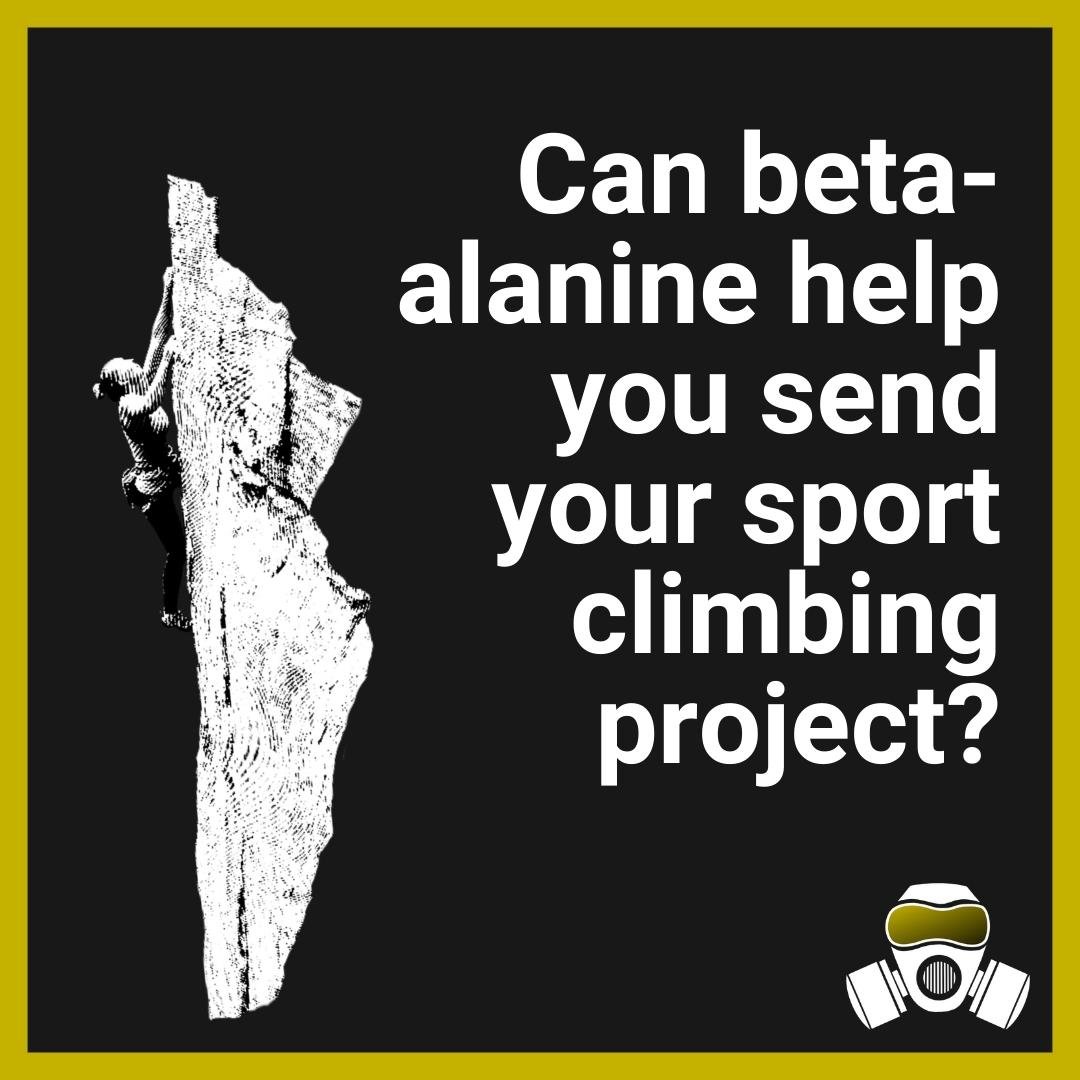


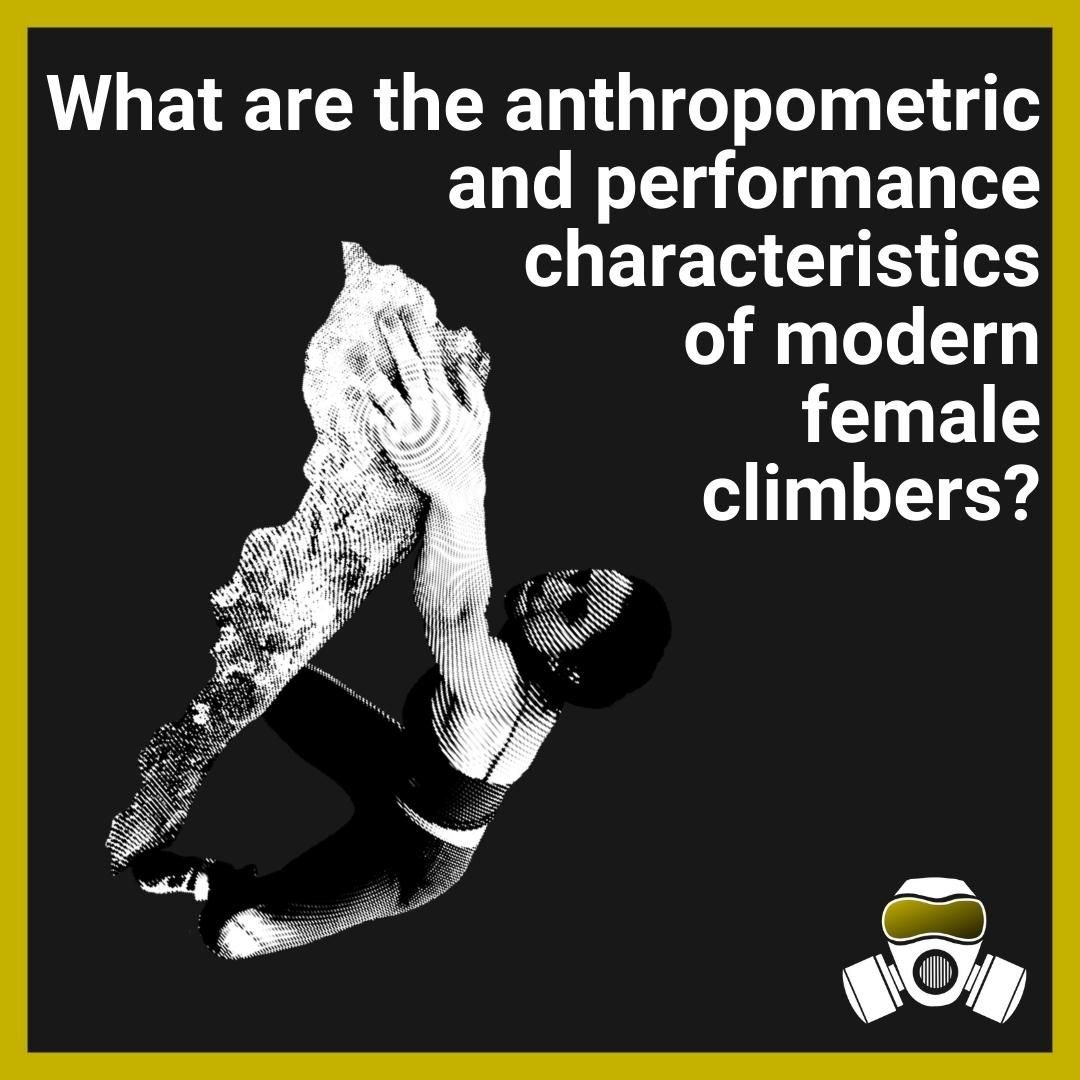
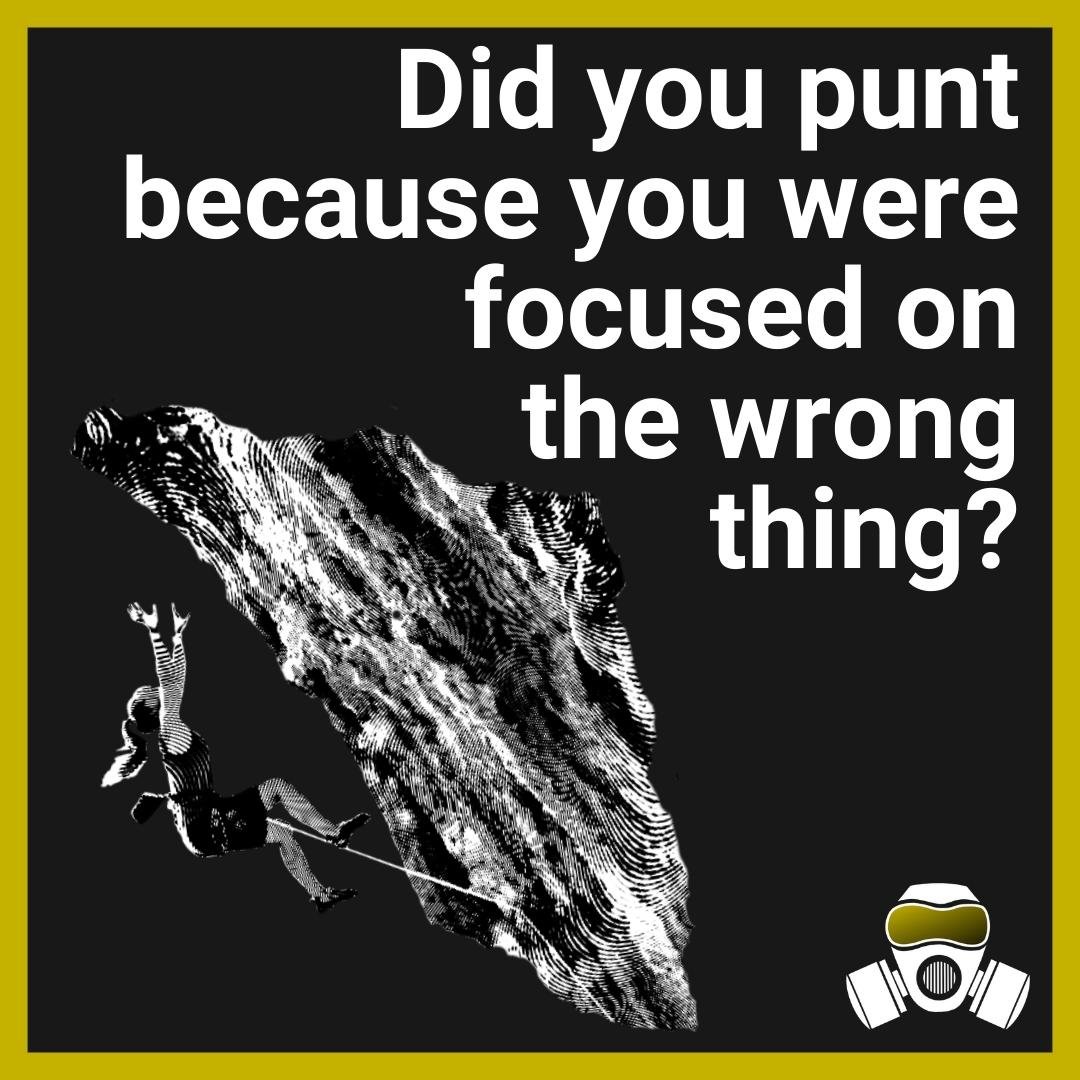

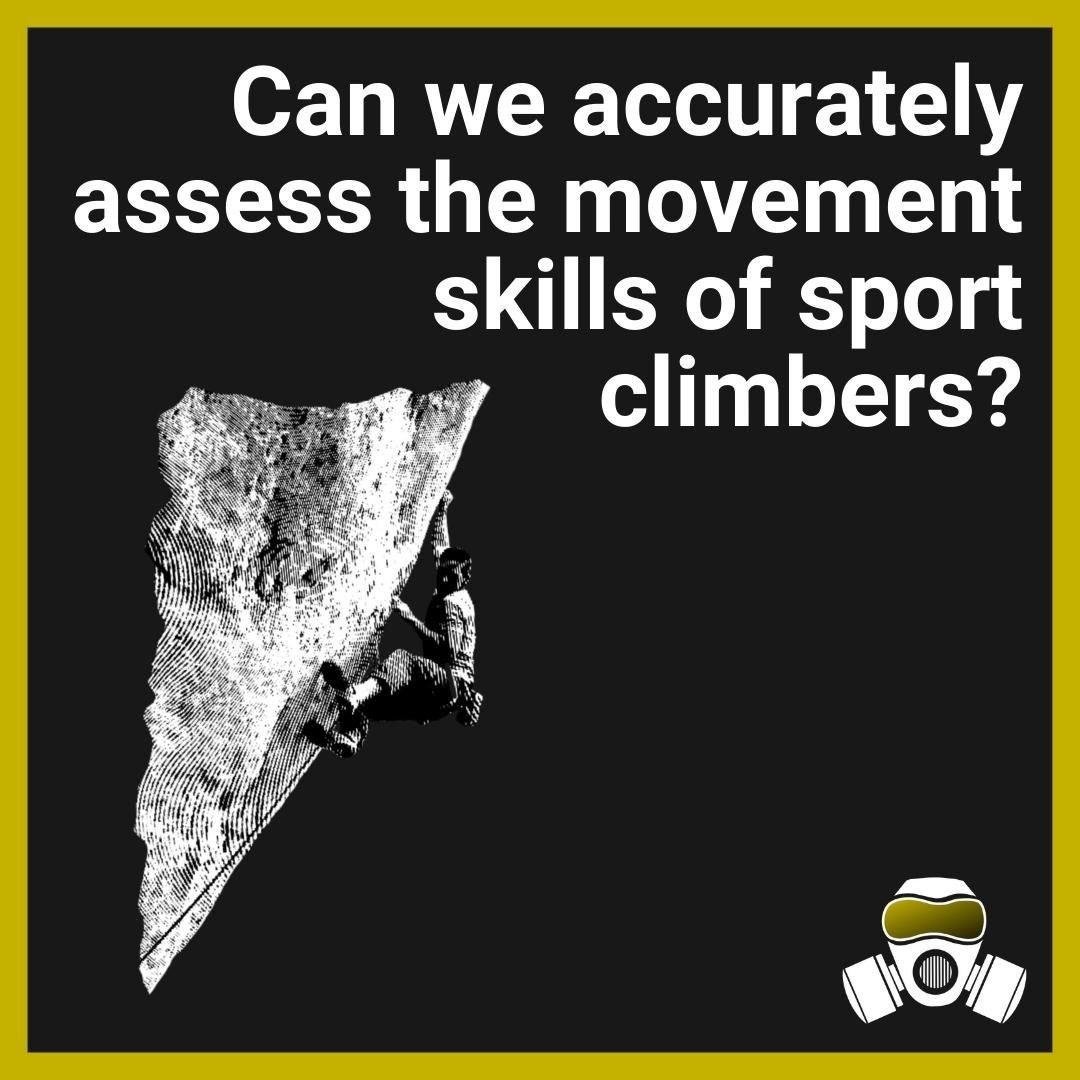
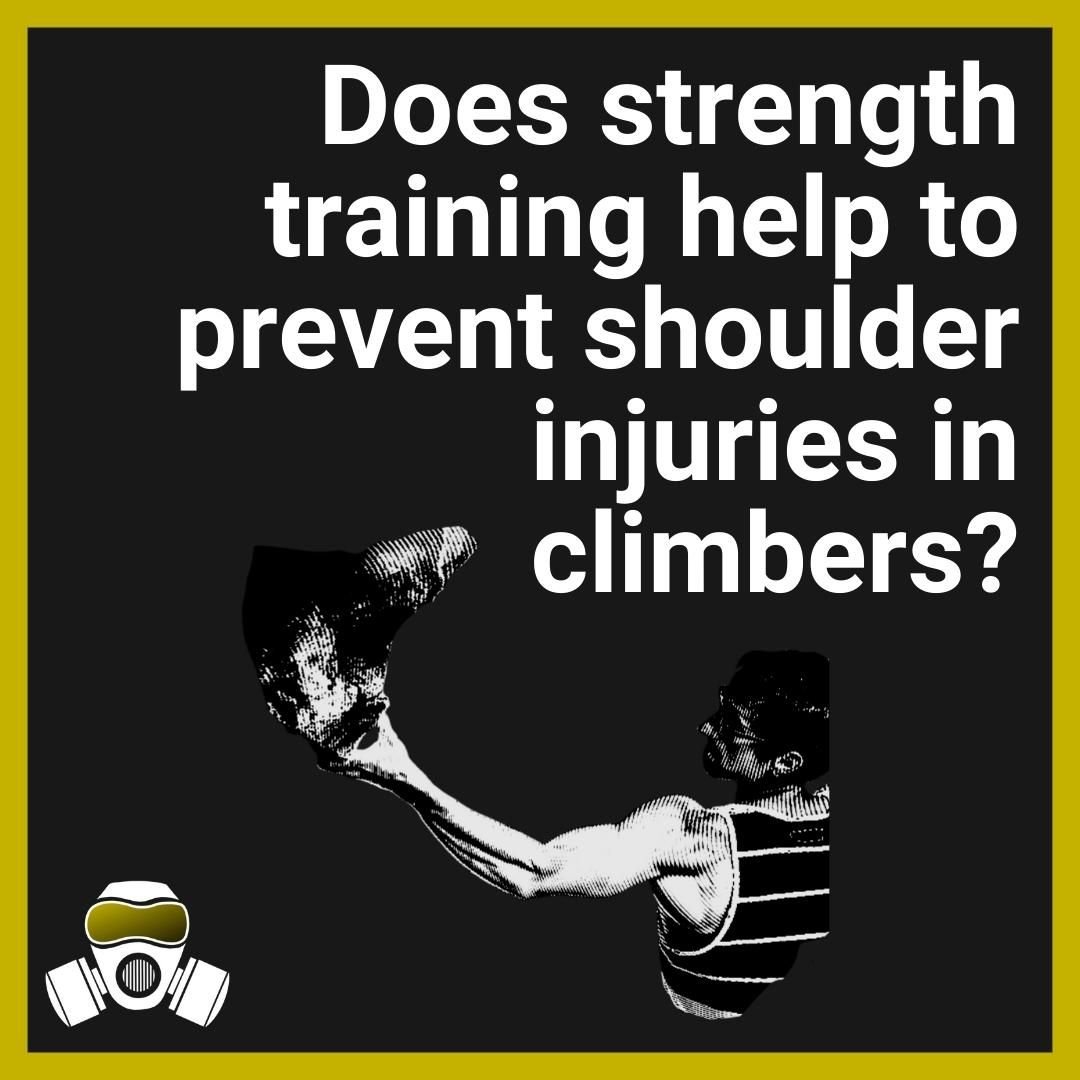










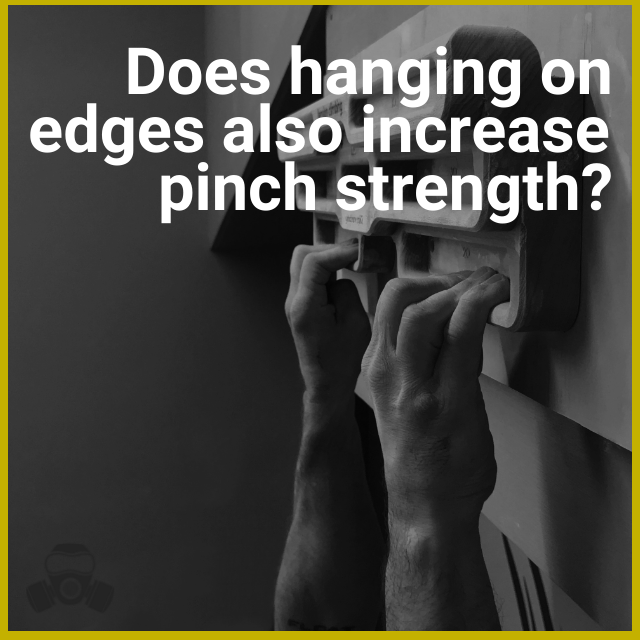
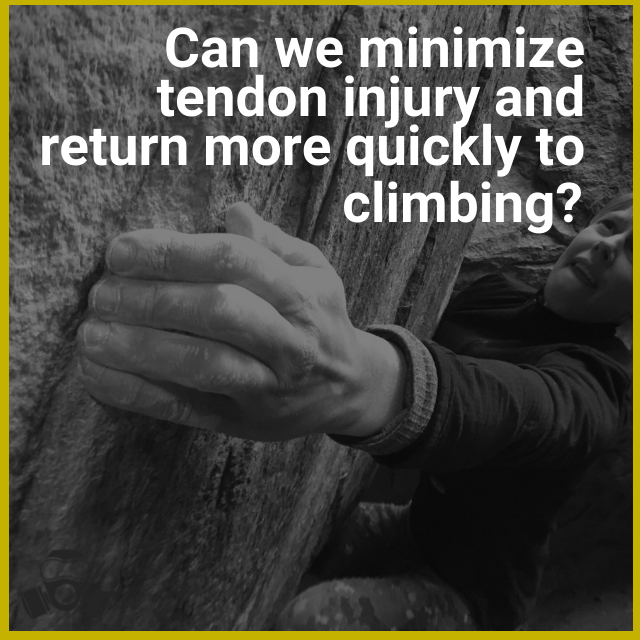
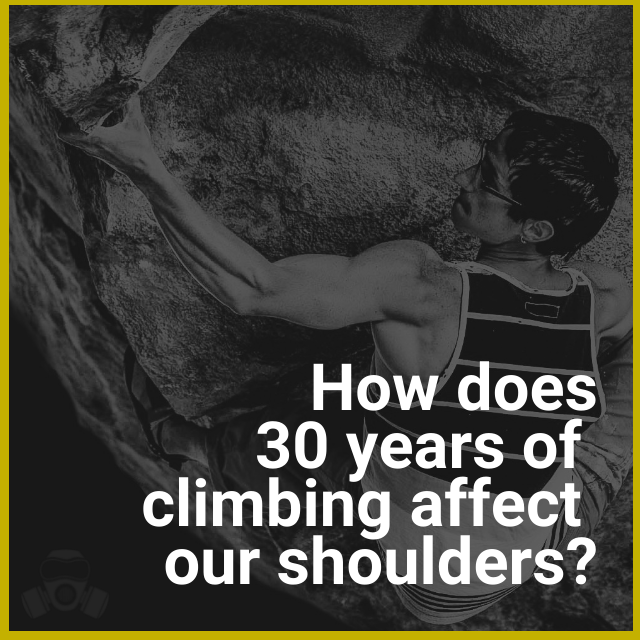

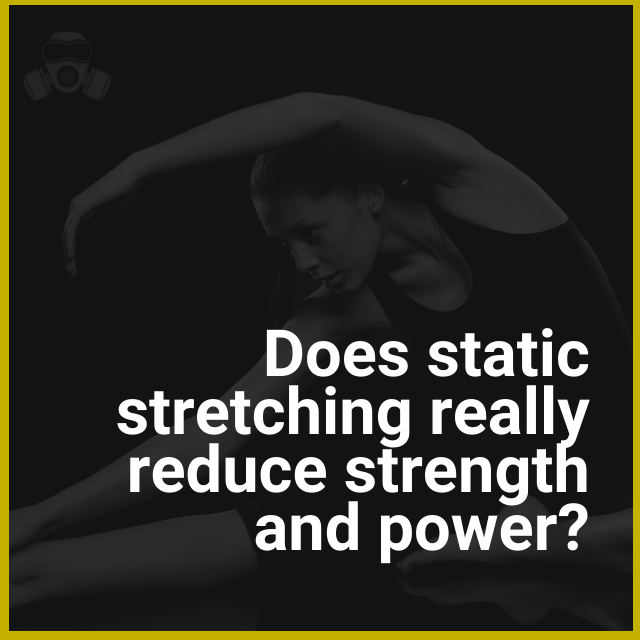



Kris and Paul dig into a paper that presents and then tests a method for measuring movement skills in sport climbing.